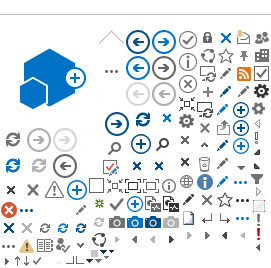This area of learning includes big ideas related to early language and literacy development. These big ideas support students' development of effective communication, foundational literacy skills, and process writing. We have developed activities to help you better support your child at home. You may access the activities by clicking on any of the progressions below. Should you wish to print the activities for quick reference, click on the printer icon included with each progression. Note: The Exceeding level is not assessed in the Concepts of Print progression. The Beginning level is not assessed in the Phonics progression.
Big Idea
Students build a foundation for achieving dynamic literacy practices to aid reading comprehension.
Beginning
Activities
|
Fun with Foam. Using materials such as shaving cream or pudding, show your child a model of both lowercase and uppercase letters. Ask your child to create that letter in the chosen material. Move the activity to paper and ask your child to either trace over or copy letters using a variety of writing tools.
|
Emerging
Activities
|
Let’s Write Together—Part I. Take turns with your child writing lowercase and uppercase letters. You can practice with a whiteboard, chalkboard, or paper. You can ask your child to form a specific letter and then your child can tell you what letter to form. Compare your responses and talk about the features of the letters you have written.
|
Developing
Activities
|
It’s All in a Name: Encourage your child to begin to spell using strings of letters. Children are curious about writing their names, names of their siblings and pets, and other key phrases (e.g., love you, places, and labeling drawings). Although your child’s spelling might not be perfect, praise attempts at their spelling.
|
Demonstrating
Activities
|
Schoolwork Review: As your child brings home their schoolwork, review your child’s writing. Point out spacing between words, punctuation, and capitalization.
|
Exceeding
Activities
|
Let’s Write Together—Part II. Ask your child to help in naturally occurring opportunities to write (e.g., names on lunch bags, lists for shopping, notes to family members, homework, etc.). Examine your child’s work and talk about the features of the letters your child has written.
|
Let’s Write Together—Part III. Ask your child to help in naturally occurring opportunities to write (e.g., names on lunch bags, lists for shopping, notes to family members, homework, etc.). Examine your child’s work and talk about the features of the words/sentences your child has written.
|
Big Idea
Students grow in their learning as they purposefully engage with texts.
Big Idea
Students learn and apply the structures and conventions of standard English. Students observe and analyze how grammar works in reading and writing. Students build vocabularies and determine word meanings as they relate to reading and writing.
